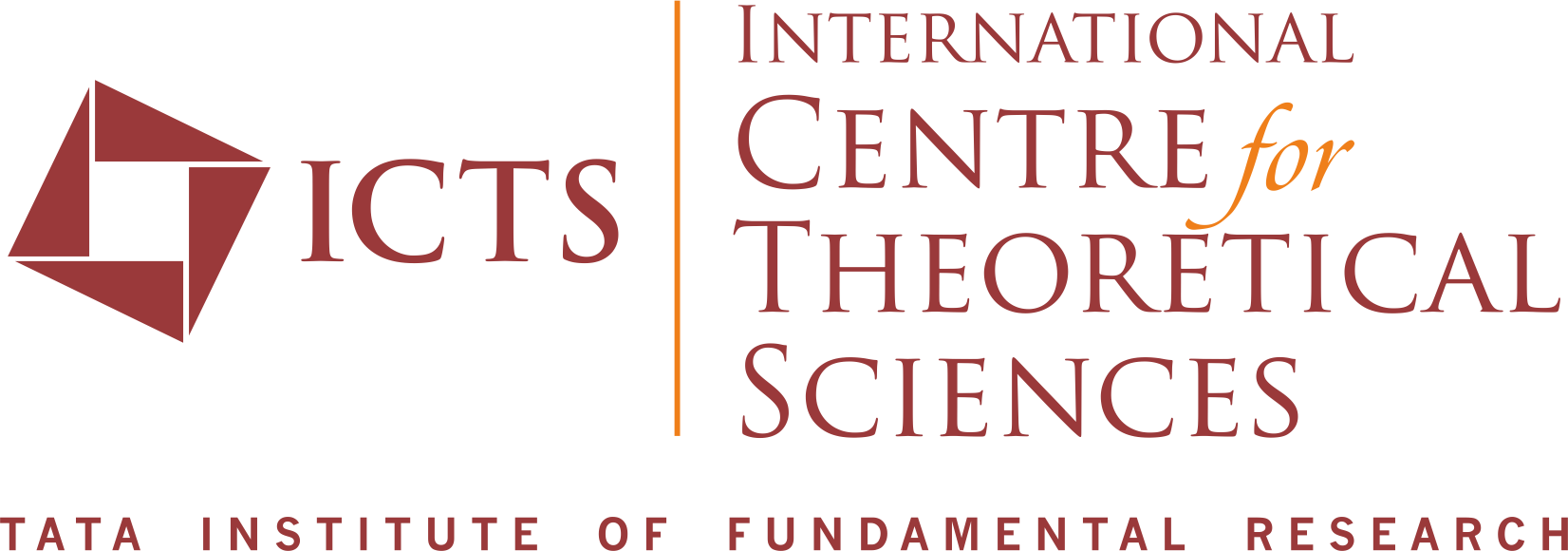Abstract:
Cosmology is the study of the Universe as a whole—its birth, its evolution, and its large-scale structure. In many ways, cosmology is like a form of archaeology: instead of digging into the Earth, we dig into the deep sky. Every photon that reaches us carries a whisper from the past, and by collecting and interpreting these ancient signals, we reconstruct the long and intricate history of the cosmos. A hundred years ago, the very idea that humans could understand the Universe’s history would have seemed absurd. And yet, thanks to remarkable advances in both theory and observation, cosmology has today become one of the most precise branches of astronomy and physics. Among the things we now know with striking accuracy is the age of the Universe: about 13.8 billion years, nearly four times older than the Earth itself. Yet, curiously, the first billion years of this grand history remain stubbornly elusive. This was a time of dramatic transformation, when the Universe transitioned from darkness to light, from simplicity to structure. And in that narrow window, three astonishing and still-mysterious events occurred: the formation of the first stars and galaxies (the cosmic dawn), the ionisation of the intergalactic medium (reionization), and the appearance of supermassive blackholes whose origins defy current explanations. In this talk, I will explore these three cosmic puzzles. I will share how we have tried to probe the first billion years using telescopes, simulations, and radio waves from the edge of the visible Universe. We will look at what we’ve learned, what we still don’t understand, and what the coming decade may reveal as we continue our journey to illuminate the Universe’s most shadowy chapter.
About the Speaker:
Girish Kulkarni is a theoretical astrophysicist at the Tata Institute of Fundamental Research (TIFR) in Mumbai. His research explores the Universe during its mysterious first billion years—a time when the first stars and galaxies formed, black holes began to grow, and light returned to a dark cosmos. He works at the intersection of physics,astronomy, and high-performance computing, using data from cutting-edge observatories like the James Webb Space Telescope and the Very Large Telescope, as well as international collaborations such as the Square Kilometre Array and the Legacy Survey of Space and Time. Girish did his doctoral research at the Harish-Chandra Research Institute and Harvard University, and has held research positions in Cambridge (UK) and Heidelberg (Germany).
Supported by Arista Networks India Pvt. Ltd



